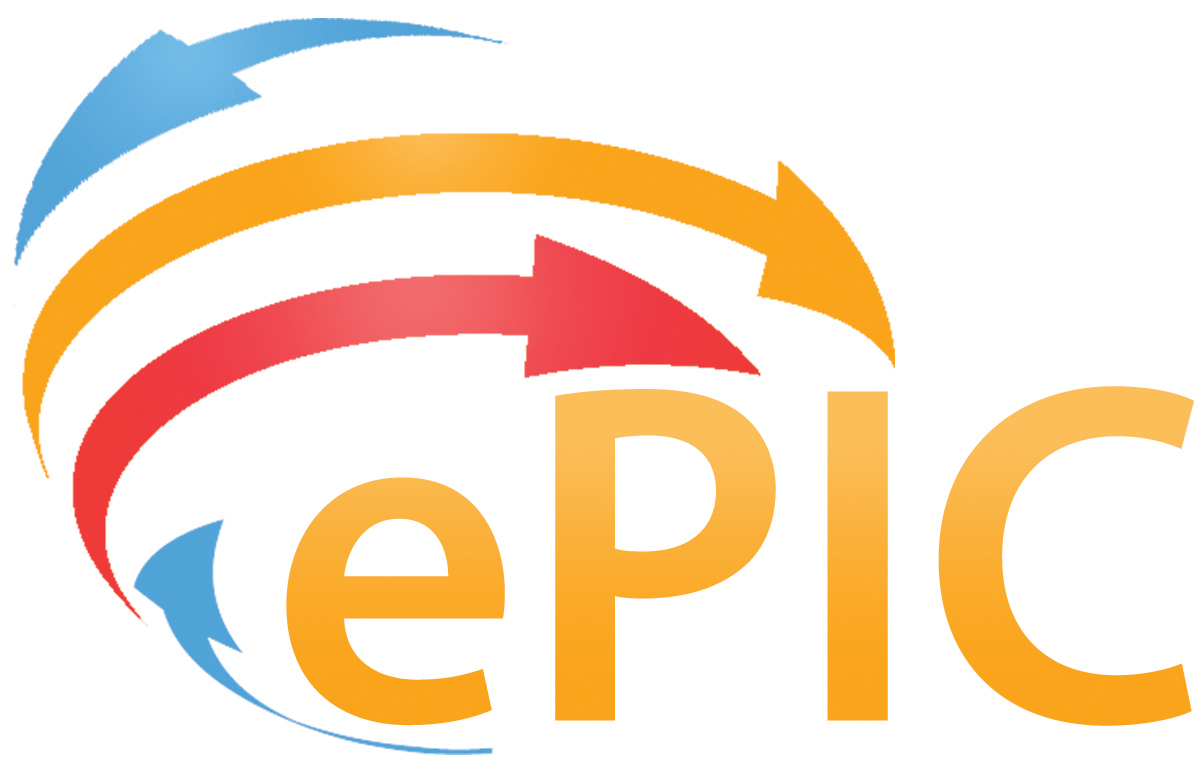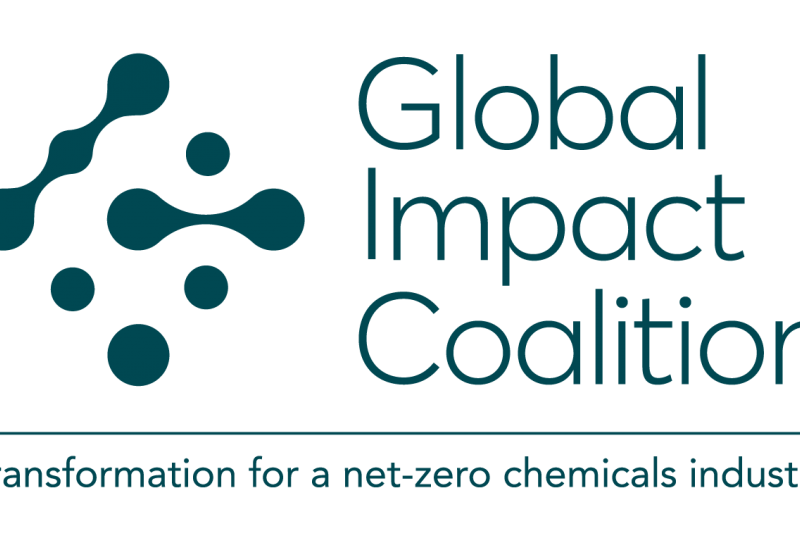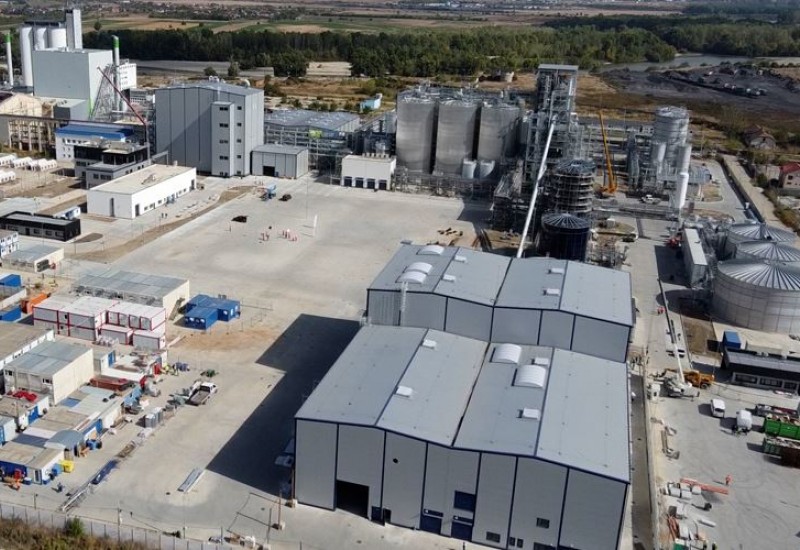ECHA adds five hazardous chemicals to PIC
The European Chemicals Agency (ECHA) has amended the Prior Informed Consent (PIC) Regulation, EU 64/2012, to add 27 pesticides and eight industrial chemicals into Annex I, bringing the total to 295. As a result, EU exporters are now required to notify their intentions to export them from 1 November onwards.
In addition, most of the 35 affected chemicals will also require explicit consent from the importing country before exports can take place. Four that were previously subject only to export notification will now also require explicit consent. The IT tool ePIC has been updated accordingly and companies can already start notifying their exports.
The 35 include various pesticides for which the European Commission decided not to renew the approval under different regulations, including famoxadone, phosmet, indoxacarb, alpha-cypermethrin, chlorophene, esbiothrin, isopyrazam, chlorfenvinphos, terbufos cyfluthrin and bromadiolone.
Also covered are metam sodium, diuron, fenoxycarb, azimsulfuron, carbetamide, carboxin, cyproconazole, ethametsulfuron-methyl, etridiazole, fenbuconazole, fluquinconazole, lufenuron, metosulam, myclobutanil, pencycuron, prochloraz, profoxydim, spirodiclofen and triflumizole. These pesticides were voluntarily withdrawn by industry.
1-bromopropane, diisopentyl phthalate, 1,2-benzenedicarboxylic acid, di-C6-8-branched alkyl esters, C7-rich, 1,2-benzenedicarboxylic acid, di-C7-11-branched and linear alkyl esters, 1,2-benzenedicarboxylic acid, dipentylester, branched and linear, bis(2-methoxyethyl) phthalate, dipentyl phthalate and n-pentyl-isopentyl phthalate, which have been identified as substances of very high concern under REACH, are also now subject to PIC – as are decabromodiphenyl ether, perfluorooctanoic acid (PFOA), its salts and PFOA-related compounds, which are covered under the Stockholm Convention.















